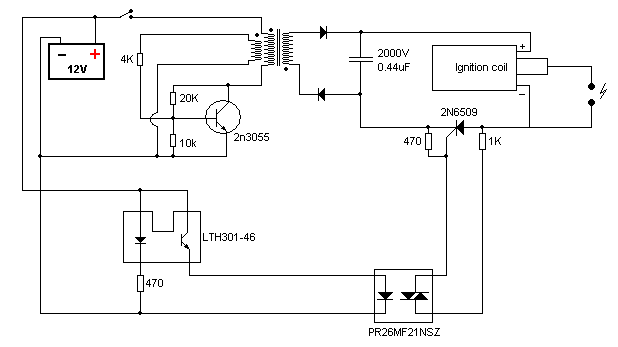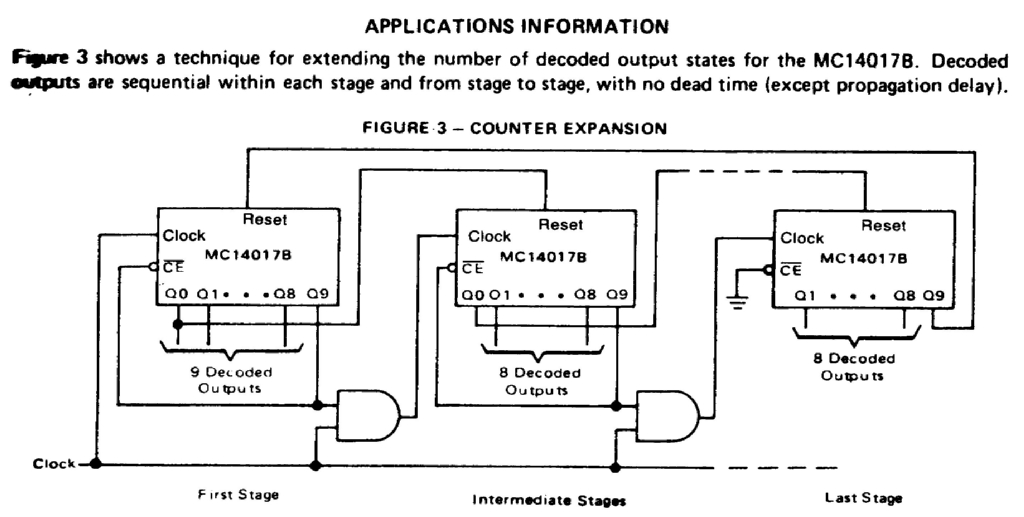Hi All,
I am hoping to get some help on a timing circuit I need to build.
I need to have a spark plug fire every 10 or 20 revolutions that a shaft makes. I am guessing I would need a hall effect sensor and maybe a 555 timing chip/circuit of some kind, but not sure how to go about making it. Any help would be greatly appreciated.
Cheers,
Steve
I am hoping to get some help on a timing circuit I need to build.
I need to have a spark plug fire every 10 or 20 revolutions that a shaft makes. I am guessing I would need a hall effect sensor and maybe a 555 timing chip/circuit of some kind, but not sure how to go about making it. Any help would be greatly appreciated.

Cheers,
Steve




Comment